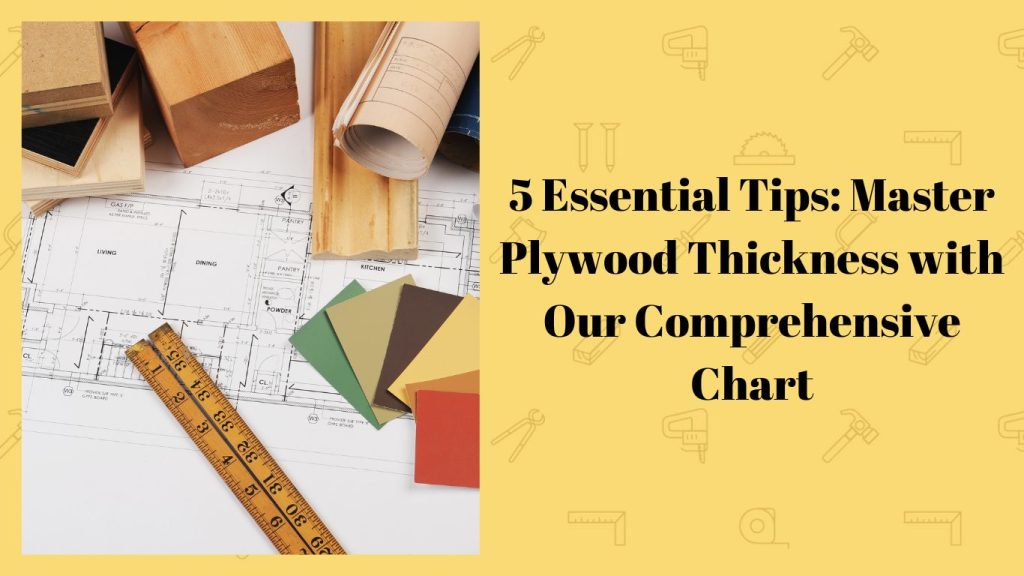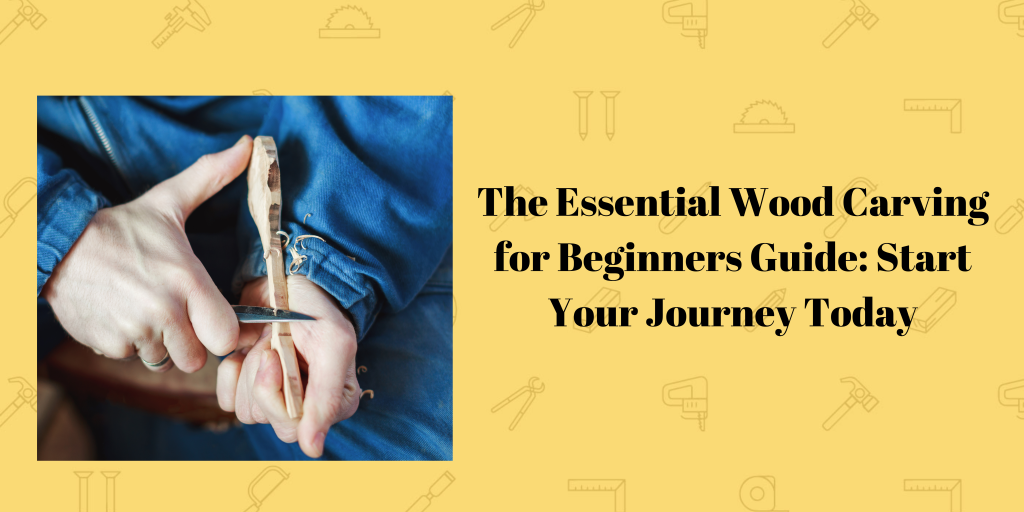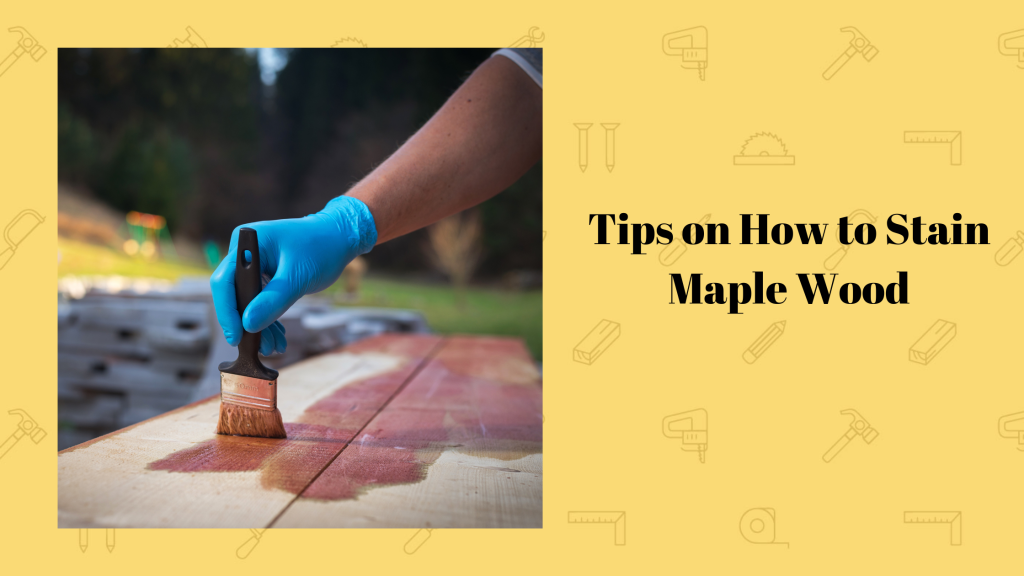Mastering the plywood thickness chart is crucial for getting the ideal measurements for your project. The sizing is grouped into nominal and actual thickness, with nominal thickness describing the plywood board before it has been dried and planed on its four sides.
I’ve used plywood to make furniture for nearly two decades, so I’ve worked with just about every size on the plywood thickness chart. I also source bulk lumber, so I’ve inevitably solved the age-old “does Lowes cut wood” question. However, I’m ashamed to admit how long it took me to understand the difference between actual and nominal wood thickness.
Armed with my past and ongoing experience, I wrote this guide to clear up the common questions woodworkers have when buying plywood. Below, I’ve also tackled the common phenomenon of smaller-than-advertised plywood sheets.
Tune in.
Actual and Nominal Plywood Thickness Chart
Below, I’ve drawn a chart to compare the nominal thickness of plywood sheets with their actual thickness:
| Nominal Thickness | Actual Thickness | Millimeter Measurement (mm) |
| ⅛” | 3/32” | 2.7mm |
| ¼” | 7/32” | 5.5mm |
| 5/16” | 9/32” | 7.1mm |
| ⅜” | 11/32” | 9mm |
| 7/16” | 13/32” | 10.3mm |
| ½” | 15/32” | 12mm |
| ⅝” | 19/32” | 15mm |
| ¾” | 23/32” | 18mm |
| 1-⅛” | 1-3/32” | 28.5mm |
When choosing plywood sheets, thickness doesn’t necessarily imply weight, so the board’s final weight and strength depend on the grade. Explore the different grades of plywood and how each type will hold up in indoor and outdoor applications.
What is The Actual Thickness of a Sheet of Plywood?
The actual thickness of a plywood sheet is usually 1/34 thinner than its nominal thickness. While the exact thickness will vary, I’ve found this principle true for sheets smaller than an inch.
However, manufacturers don’t use nominal thickness when producing sheets over an inch. So, for instance, a 1-½ inch thick sheet will be true to size. Both ways, I always use a caliper to determine the exact thickness.
Many plywood sheets are built by stacking several layers of plies, whose unique thicknesses affect the sheet’s final size. More plies in a sheet equate to thinner veneers, which lowers the degree of veneer movement and has more strength and stability.
Rough projects, like storage units, can neglect the 1/34 inch difference but tasks like intricate kitchen cabinetry need precision to avoid gaps and oddly closing door panels.

Why Are Plywood Sheets Often Smaller Than Advertised?
Actual thickness, or industry-standard thickness, represents the plywood sheet size before planing or sanding.
Timber stores often plane the plywood sheets to make them easier to handle, resulting in a slightly smaller-than-advertised size. I’ve experienced several nasty splinters while working with rough-sawn plywood, so it is generally inconvenient due to the high chance of splintering.
Humidity also affects sheet size because wood molecules stretch and contract with moisture. So, a 1 ½ inch thick plywood sheet may lose moisture to the environment and become 1/34 or 1/64 inches thinner.
Finally, plywood plies are held together by glue, which experiences expansion and contraction like wood molecules. So, the shrinkage between several layers of glue can quickly reduce the advertised thickness.
Generally speaking, this discrepancy is common throughout the lumber industry and not just in big box stores.
Mastering Plywood Measurements
The plywood thickness chart always comes in handy when working with plywood sheets. It’ll help you make informed and measured decisions to avoid rattling doors and sloping floorboards.
But what happens when your plywood project is outside? How do you choose the perfect exterior plywood to withstand the harsh weather and load-bearing stress?
I’ve created a comprehensive guide to help you pick the right exterior plywood without breaking a sweat, so be sure to check it out!

Frequently Asked Questions
How Thick is 1/2 Inch Plywood?
The actual thickness of ½-inch plywood is 15/32 inches or 12mm. This happens because the manufacturers sand the sheet to smoothen the face, reducing the final thickness by 1/32 inches.
What Are The Grades of Plywood?
There are four grades of plywood: A, B, C, and D. A-grade is free from splits and knots because it comes from the highest quality veneers, making it ideal for high-end projects. That being said, C and D are cheap and knotty, so I use them to make indoor storage units.
What Thickness of Plywood Is Used For Bed Frames?
2 inches is the ideal thickness for plywood bed frames because it can support the user’s weight without sagging or bending. However, solid plywood isn’t breathable, causing mold to form underneath the mattress. So, I’d recommend drilling one-inch holes in the plywood base or using slats to allow ventilation.
How Thick is Plywood for Construction?
The recommended thickness for construction plywood is between ⅝” (15mm) to ¾” (19mm). Sticking to these measurements is crucial for constructing load-bearing projects like flooring because the boards are less likely to flex or squeak. Exterior projects like decks also need thick plywood sheets to prevent warping and twisting.
*This post may contain affiliate links. Please see my disclosure to learn more.



